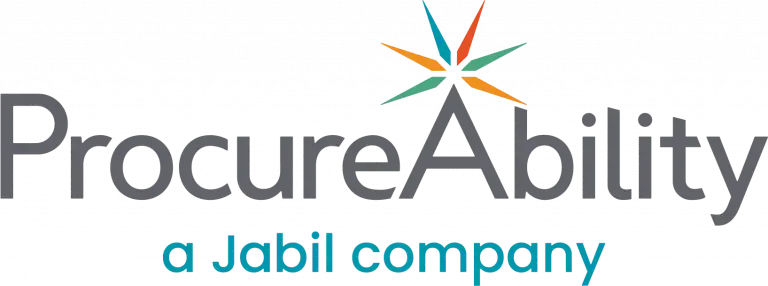
Fleet management plays a vital role in supporting core business operations across industries. From transporting goods and materials to delivering customer service and ensuring on-site mobility, fleets are often central to operational efficiency. However, fleet operations can also be a significant cost center, making them a prime opportunity for strategic sourcing and procurement optimization. By taking a proactive approach to fleet procurement, organizations can reduce costs, improve utilization, and increase uptime. In particular, procurement teams can drive value by focusing on two key areas: fleet acquisition and fleet maintenance.
Strategic Fleet Acquisition: Building the Right Transportation Asset Base
Fleet acquisition is the foundation of a cost-effective transportation procurement strategy. Depending on organizational needs, companies may choose to lease, buy, or implement a hybrid approach. To determine the best course of action, procurement teams should begin with a structured fleet assessment. This should include fleet purpose and utilization goals, financial objectives and TCO (total cost of ownership), stakeholder input and operational risks and fleet size and geographic coverage.
Key Considerations for Acquisition
A successful fleet acquisition strategy begins with a clear understanding of your organization’s operational needs and financial goals. Procurement teams must ensure that vehicle specifications align with business requirements—not just today, but across the entire lifecycle of the asset.
- Start by distinguishing between “must-haves” and “nice-to-haves.” Focus on fuel efficiency, low emissions, and safety features to support cost savings and sustainability. At the same time, analyze total cost of ownership, including purchase price, maintenance, depreciation, and resale value. Limiting vehicle options can also make fleet management easier and more consistent.
- If the organization plans to purchase vehicles, procurement should lead periodic strategic sourcing events to leverage volume-based pricing and improve commercial terms. Use these events to negotiate pricing, warranties, service guarantees, and delivery timelines. When possible, secure multi-year agreements to lock in costs and ensure reliable supply.
- For organizations that prefer leasing over purchasing, it’s important to evaluate whether capital or operating leases are more appropriate based on financial objectives. Full-service lease options can be attractive, especially for companies with limited internal maintenance capacity. Here, too, procurement can drive value by consolidating lease providers and using spend leverage to negotiate more favorable terms.
- In both ownership and leasing models, proactive replacement planning is essential. A data-informed schedule that considers depreciation rates, maintenance trends, and market conditions for both new and used vehicles allows organizations to replace aging units before costs escalate or reliability declines. Staying ahead of resale timing can further minimize downtime and protect asset value.
By approaching fleet acquisition holistically, balancing operational needs with financial discipline, procurement can deliver long-term value, reduce risk, and ensure the fleet is optimized for performance and cost-efficiency.
Fleet Maintenance Strategy: Ensuring Operational Continuity and Cost Control
A proactive fleet maintenance strategy not only reduces downtime but also drives cost efficiency and extends asset life. Procurement plays a central role in enabling this by aligning sourcing efforts, provider partnerships, and data-driven maintenance planning.
- Strategic Parts Sourcing: A structured approach to parts procurement can unlock significant savings and improve service turnaround times. Work closely with mechanics to understand part needs, use supplier data to forecast demand, and competitively source high-cost or frequently used items. When procurement and maintenance teams collaborate, it helps cut waste and speed up repairs.
- Maintenance Provider Selection: Choosing the right service providers is equally critical to fleet performance. Procurement should choose providers based on location, capacity, and response times. Set clear service level agreements (SLAs) and keep communication open to stay ahead of service needs. Strong vendor relationships help reduce downtime and keep vehicles running smoothly.
- Maintenance Planning and Warranty Management: Preventive maintenance is essential for reliability and long-term cost control. Maintenance programs should be tailored to OEM recommendations and warranty terms, historical performance data and failure trends, and vehicle usage patterns and environmental conditions. Additionally, actively managing warranties ensures eligible repairs are processed quickly and cost recovery is maximized.
- Maintenance Cost Tracking and Replacement Planning: Tracking maintenance costs by vehicle type and age helps spot high-cost units, plan replacements at the right time, and make better decisions for long-term budgeting.
- Driver Compliance and Telematics: To enforce maintenance schedules and encourage accountability, implement digital maintenance logs or fleet tracking systems and use telematics to monitor vehicle health and performance in real time. These technologies support preventative maintenance, reduce emergency repairs, and improve fleet safety overall.
Driving Fleet Value Through Strategic Maintenance and Procurement
By aligning procurement strategies with fleet maintenance goals, organizations can reduce total cost of ownership, increase uptime, and extend the useful life of assets. A data-driven, collaborative approach, supported by strong supplier relationships and technology like telematics, positions procurement as a key driver of operational efficiency and long-term fleet performance.



